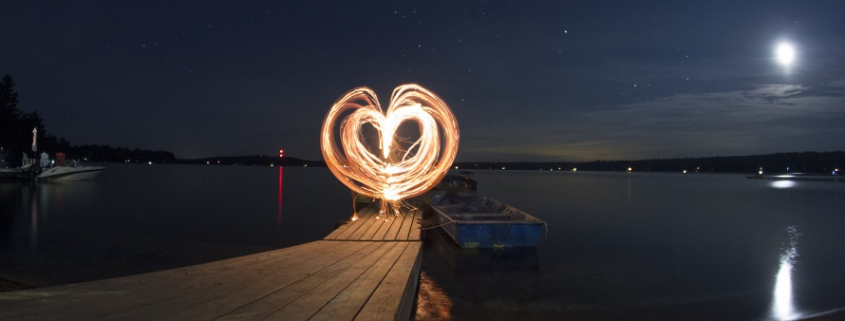The future of dating, relationships, and sex beyond the pandemic
Social isolation has impacted just about every aspect of our lives, not least our love lives.
A recent article in Mashable titled Futurists predict what your sex life may look like after the pandemic wove together interviews with legendary trend seer Faith Popcorn, renowned sex futurist Byrony Cole, and myself.
The full article is well worth a read, it does a great job at teasing out the themes that emerged from the interviews. However here are some excerpts from the ideas I shared in the article:
On shifting to new ways of building relationships:
Ross Dawson, futurist and co-author of the Future of Sex report, which was initially released in 2016, believes that the pandemic accelerated already-existing trends. Online dating was already the top way couples meet each other in the United States pre-pandemic. People have fallen in love through screens for decades now — and we’ve seen it’s not just about sex, but intimacy and engagement. Tech that allows you to hold hands from afar, for example, was a Kickstarter campaign in 2014.
What the pandemic did do, however, was push people to virtually date beyond chat. We’ve gotten creative while quarantining, now having dinner or watching a movie with a date over FaceTime. “That’s something that you are less likely to have done in the past,” said Dawson. “[You’re] sort of pushed into this situation where you’re trying to get to know each other or to build a relationship or engagement.”
Dawson has actually been surprised about how slow-moving people have been with building these genuine relationships online. “It’s gone more slowly than I would have expected in terms of people really using these tools of communication and connection to engage, not just superficially with social media or chitchat or memes and stuff to ones which are truly engagement,” he said. “A lot of people are discovering the potential of this for the first time.”
Perspective on the future of relationships from other contexts:
Dawson also compared immediate post-pandemic sex and dating to working from home. Just as many companies will revert to a sort of midpoint — where not everyone is working from home anymore, but some people never return to the office — many people will go back to dating in real life right away, while others won’t.
Since far more people have experienced virtual dating, said Dawson, it’s now an option among the array of other dating options. He imitated someone’s future reasoning: “If it’s easier and it works, then yes, we can go out for a drink or a physical dinner. But maybe, for whatever reasons… let’s do a virtual dinner today. That’s actually gonna work because we’re an hour and a half away, let’s just try that instead.”
Another analogy Dawson gave was to international travel. Just as some people will be on the first flight to a foreign country, some people will seek out sex immediately — but not everyone. Others will stay put at home, and still others will not be so quick to touch and exchange bodily fluids.
Acceleration of existing social trends:
Dawson, too, believes that this experience could lead people to open their relationships. For him however, that’s because the pandemic came at a time where polyamory was already becoming more popular. “We’re at a social threshold,” said Dawson. “For sometime now there’s been more discussion, it’s become more acceptable, it’s become part of the conversation. The stigma is disappearing.”
“I think that this is part of that acceleration piece,” Dawson said on non-monogamy. “In the sense that it’s an existing trend reaching a threshold.” He’s unsure of how massive this specific acceleration will become, but the pandemic could act as a trigger of sorts; people who may have been interested in non-monogamy previously may actually go for it when the pandemic is over.
Adjusting prediction timelines for the future of sex:
Dawson and co-author Jenna Owsianik had several predictions about what the sex landscape may look like in the upcoming decades in their report. Here are two examples: First dates in motion capture worlds will become popular in 2022, and by 2024 people will be able to both be anybody and be with anybody in photo-realistic virtual worlds.
Dawson stands by the report, but believes one prediction may be thrusted forward due to the pandemic. By 2028, according to the report, over a quarter of young people will have had a long-distance sexual experience. “We might be able to push that forward a little bit,” said Dawson. Given that many people are opting to sext and send nudes now as opposed to risk meeting in real life, that’s certainly a possibility.
The pandemic as a catalyst for positive change:
While this is speculation as of now, Dawson is optimistic about how the pandemic could be a catalyst for positive change. “This is a tremendous opportunity,” he said. “We must change and we can change, and in so many aspects including the nature of social relationships and how we connect and how we relate and engage and give each other pleasure.”
Image: michal adamczyk



